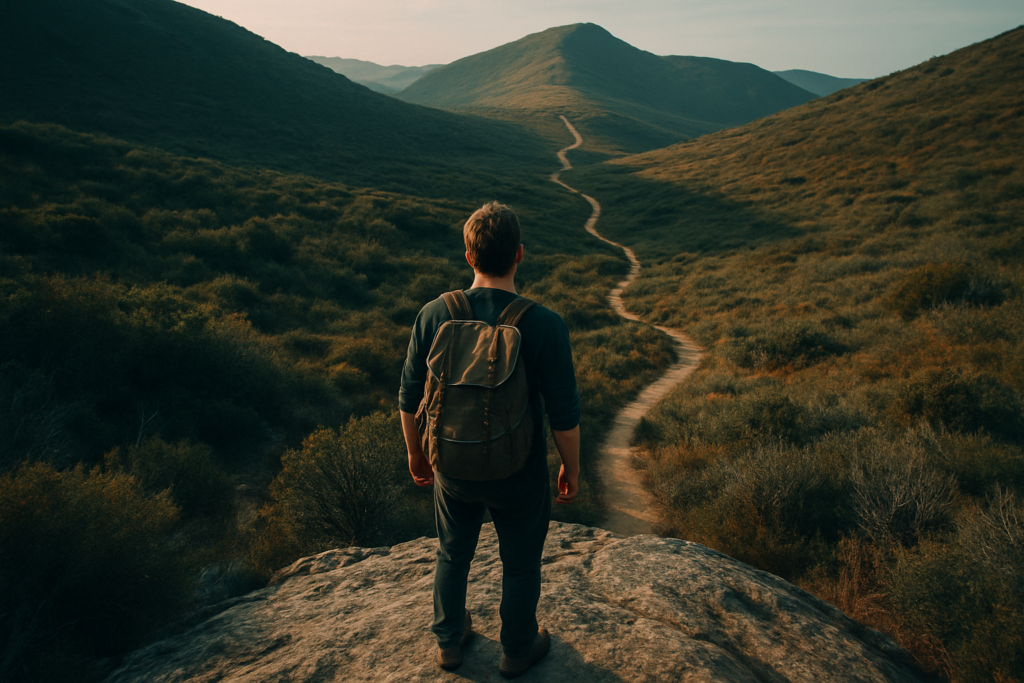Epic Wilderness Hikes: Where Nature Reigns Supreme
Venturing into the wild connects me with the raw beauty of our planet. Several wilderness hikes offer an unparalleled communion with nature’s wonders.
- Pacific Crest Trail: Stretching 2,650 miles from Mexico to Canada, the Pacific Crest Trail traverses diverse landscapes, including California’s deserts, Oregon’s volcanic peaks, and Washington’s majestic forests. Hikers encounter varied ecosystems, embracing every facet of America’s natural gems.
- Torres del Paine Circuit: Located in Chile’s Patagonia region, this 80-mile hike showcases stunning granite peaks, glacial lakes, and vast pampas. The iconic towers of Paine stand sentinel over an unspoiled wilderness, offering a challenging yet rewarding adventure.
- John Muir Trail: Spanning 211 miles in California’s Sierra Nevada, the John Muir Trail passes through Yosemite, Kings Canyon, and Sequoia National Parks. Hikers marvel at ancient sequoias, alpine meadows, and rugged peaks, all while tracing the footsteps of the famed naturalist John Muir.
- West Coast Trail: This 47-mile trek along Vancouver Island’s coast features lush rainforests, rugged shorelines, and historic shipwreck sites. The trail was originally a life-saving route for mariners, now offering modern-day adventurers a glimpse of the region’s storied past.
- Overland Track: Running 40 miles in Tasmania, Australia’s Cradle Mountain-Lake St Clair National Park, this hike reveals diverse habitats, from temperate rainforests to glacial valleys. The dramatic landscapes and unique wildlife, including wombats and Tasmanian devils, captivate hikers.
Hiking these epic trails reminds me of nature’s splendor. The combination of physical challenge, remote wilderness, and breathtaking views makes each journey unforgettable.
Each of these hikes has its distinct allure, from the vast deserts on the Pacific Crest Trail to the serene lakes on the Overland Track. These trails embody the essence of wilderness adventure, where unspoiled nature truly reigns supreme.
Iconic Trails Around the World
![]()
Iconic trails globally offer unparalleled experiences and natural beauty. Here are some prominent ones worth exploring.
The Appalachian Trail, USA
Spanning 2,190 miles, the Appalachian Trail stretches from Georgia to Maine. It traverses diverse landscapes, including forests, mountains, and valleys. Hikers encounter varied wildlife, such as black bears and white-tailed deer. Shelters scattered along the trail provide rest stops. Completing the entire trail takes approximately 5-7 months.
The Camino de Santiago, Spain
Known as the Way of St. James, the Camino de Santiago covers various routes across Europe, converging at Santiago de Compostela. The most popular route, the Camino Francés, is 490 miles long. Pilgrims pass through picturesque villages and historic cities. Cultural landmarks include medieval churches and cathedrals. The journey typically lasts 30-35 days.
The Inca Trail, Peru
The Inca Trail, a 26-mile trek, leads to the ancient citadel of Machu Picchu. The trail features stunning Andean scenery, cloud forests, and archeological sites. Hikers navigate steep ascents and descents. Key sites include Wiñay Wayna and Intipunku (Sun Gate). The trek usually takes 4 days to complete.
Uncharted Territories
Exploring uncharted territories on an epic wilderness hike promises unmatched adventure. By venturing off the beaten path, hikers encounter nature in its rawest, most pristine form.
The Overland Track, Australia
Traversing the rugged terrains of Tasmania, the Overland Track offers 65 kilometers of diverse landscapes. From the pristine Cradle Mountain to the serene Lake St. Clair, each segment showcases unique flora and fauna. Hikers navigate dense rainforests, alpine meadows, and ancient forests. Winter hikes present snow-covered paths, requiring crampons and ice axes. This trail’s demanding nature attracts adventurers seeking a challenge. Conservation efforts preserve this region, emphasizing eco-friendly practices. Advanced planning and permits ensure a seamless experience on this renowned Australian track.
The Great Himalaya Trail, Nepal
The expansive Great Himalaya Trail stretches 1,700 kilometers across Nepal. This trail links high-altitude passes with remote valleys, allowing hikers to experience diverse cultures and ecosystems. Sections like the Everest, Annapurna, and Makalu-Barun offer stunning views of the world’s highest peaks. Trekkers face challenges ranging from harsh weather to altitude sickness. Proper acclimatization and gear are crucial for a safe journey. This trail invites seasoned hikers to immerse themselves in Nepalese mountain life while navigating one of the world’s longest and most demanding treks.
Essential Gear for Wilderness Hikes
Embarking on epic wilderness hikes requires meticulous preparation and the right gear. Below are the essential items that enhance safety, comfort, and adventure.
Clothing and Footwear
Layering clothing ensures adaptability to changing weather conditions. Begin with moisture-wicking base layers to manage sweat. Add insulating mid-layers like fleece or down jackets for warmth. Finish with waterproof outer layers to protect against rain and wind. In footwear, sturdy and comfortable hiking boots are crucial. Opt for boots with good ankle support and durable soles. Merino wool socks help prevent blisters and maintain warmth.
Navigation Tools
Reliable navigation tools are indispensable for wilderness hikes. A detailed topographic map and a compass form the basics. GPS devices provide precise location tracking. Smartphone apps like Gaia GPS or AllTrails also offer valuable maps and route information. Carry a backup power source, like a portable charger, to ensure electronic devices remain functional.
Safety Equipment
Safety equipment guarantees preparedness for unexpected situations. A comprehensive first aid kit addresses medical emergencies. Include items like bandages, antiseptic wipes, and pain relievers. A multi-tool adds versatility for various fixes and adjustments. Pack a whistle and signal mirror for attracting attention, particularly in vast wilderness areas. Ensure a flashlight or headlamp with extra batteries is available for low-light or night-time conditions.
Tips for a Memorable Hiking Experience
Taking on epic wilderness hikes requires careful planning and a commitment to preserving nature’s pristine beauty.
Planning and Preparation
Effective planning and preparation are crucial for any wilderness hike. Gather detailed information about your chosen trail, including its length, difficulty, and weather conditions. Use reliable sources like the National Park Service or official trail websites to get accurate data. Create a checklist of essential gear to include items like a map, GPS device, first aid kit, and sufficient food and water. Test your gear before the hike to ensure everything works properly. Inform someone about your hiking plans, including your expected return time.
Leave No Trace Principles
Respecting nature is vital when hiking. Follow the Leave No Trace principles to minimize your environmental impact. Carry out all your trash, including biodegradable items like food scraps. Stick to designated trails to avoid disturbing vegetation. Set up camp at least 200 feet away from lakes and streams to protect water sources. Use portable stoves instead of open fires when cooking. By following these guidelines, you help preserve the wilderness for future generations.




